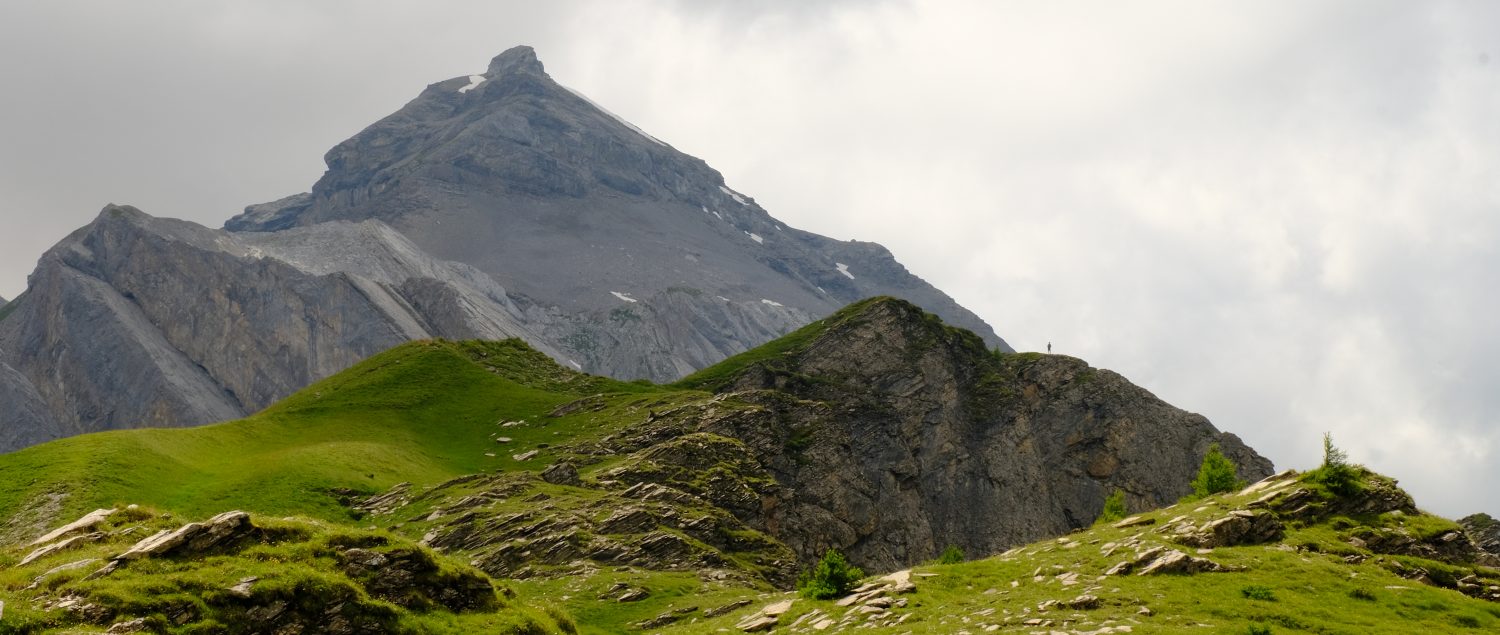The recent cold snap made me grab my camera and head out to our local fields. Everything looked pristine and sparkling in a sugar-white frosting. Red berries, the last yellow leaves and evergreen ivy added splashes of colour to the monochrome backdrop. Winter wore it’s most spectacular garb.
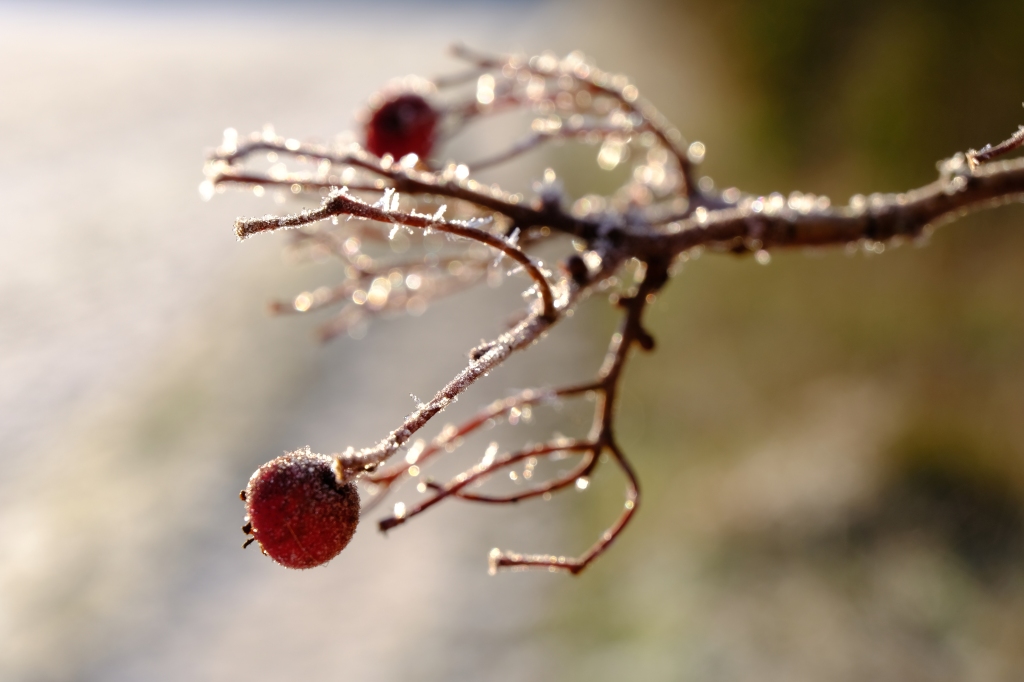
Photo credit: Sally Woodbridge
The sparkly frost on this hawthorn berry performs an important function. Many wild plants rely on cold weather to ensure that the seeds germinate at the correct time. This is known as cold stratification or cold treatment. The process of being frozen and thawing out, sometimes on multiple occasions, breaks down the hard exterior of the seed. This ensures that germination can only occur after the winter, not before.
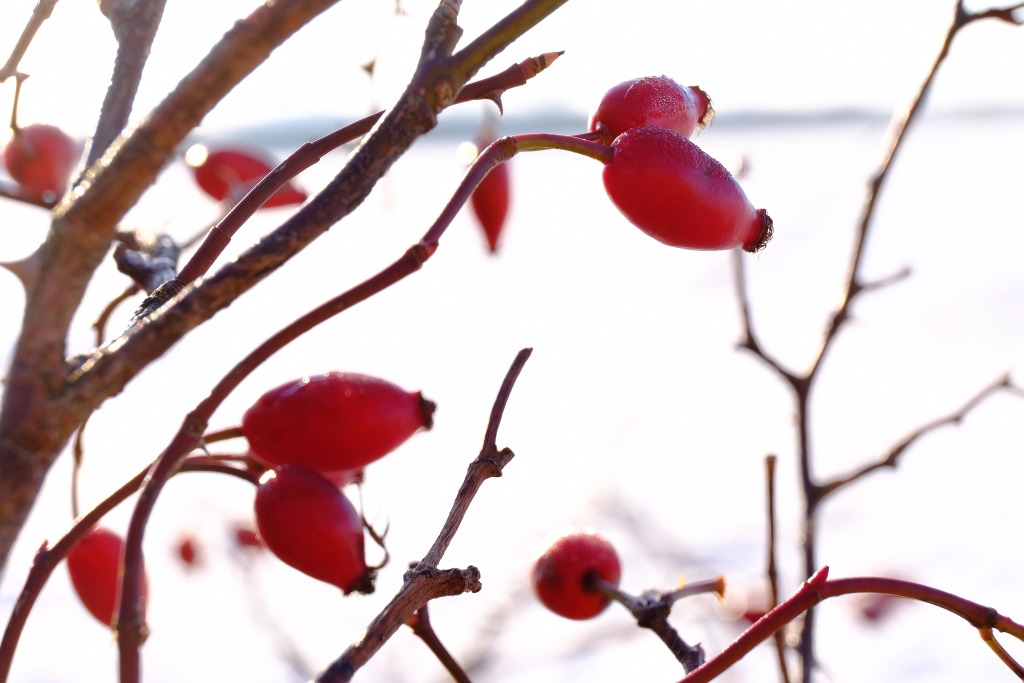
Photo credit: Sally Woodbridge
These crimson rosehips are being gobbled up by the birds. The flesh of the berry provides energy and nutrients for the bird in return for distributing the seed in their poo. For some seeds the chance of germinating is improved by the processes they are subjected to as they pass through the bird. The little orange squiggles of bird poo dotted with seeds I saw prove this bush is popular.
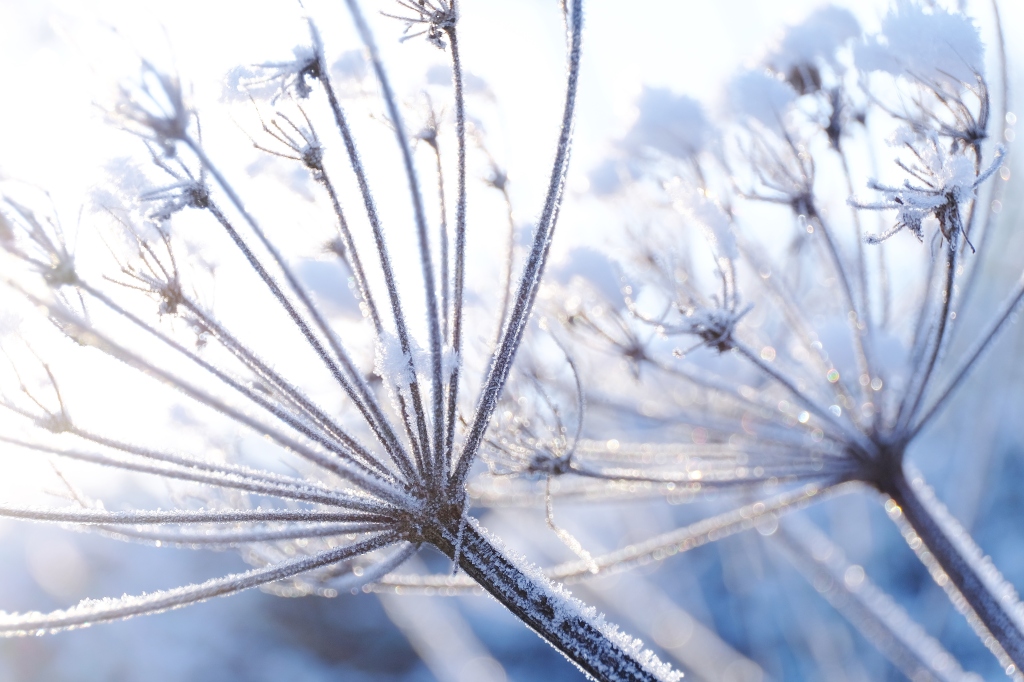
Photo Credit: Sally Woodbridge
Sun sparkling through frost is breathtakingly beautiful. Ice is scientifically really interesting too. When water is cooled it becomes denser until it reaches 4 degrees C, then it starts expanding again and becomes solid at 0 degrees C. Depending on the pressure applied to ice, there can be 15 types of crystal structure. This variation is really unusual.
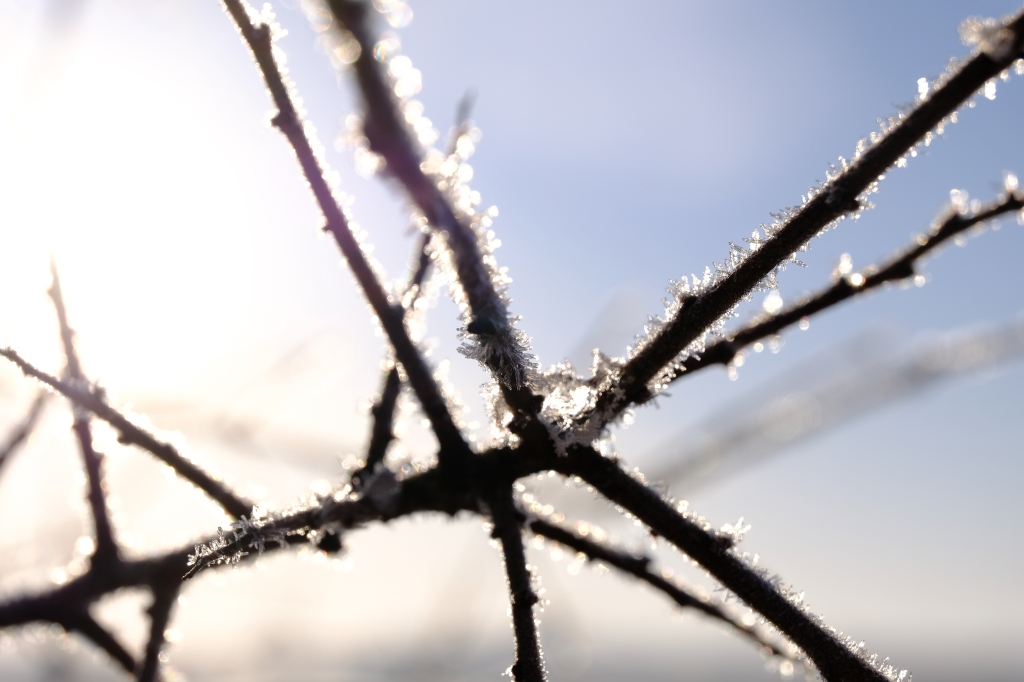
Photo credit: Sally Woodbridge
While we’re on the subject of water it’s worth thinking about where it comes from. As the earth formed high temperatures would have evaporated any water into space as there was no atmosphere yet to contain it. It is believed that all our water arrived as icy asteroids. Imagine where the water atoms of the frosty fringes on this twig originated.
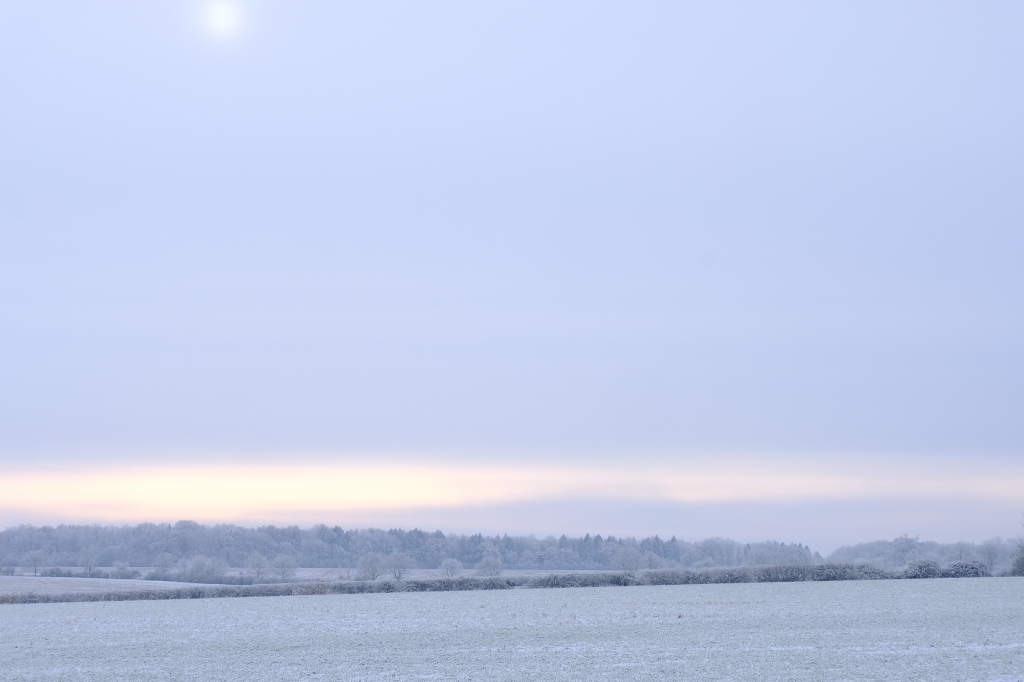
Photo credit: Sally Woodbridge
Don’t forget that snow, thick frost or just good honest mud is perfect for finding wild animal tracks. See my previous blog post at: https://sallywoodbridge.com/2021/04/08/animal-track-detective-for-paulerspury-pury-end/
References
The curious cases of Rutherford and Fry, The weirdness of water Part 1, 14/10/21 BBC Sounds: https://www.bbc.co.uk/sounds/play/m0010fb1
The curious cases of Rutherford and Fry, The weirdness of water Part 2, 24/10/21 BBC Sounds: https://www.bbc.co.uk/programmes/m0010q9v
If you enjoyed this please enter your email address below to follow this blog and receive notifications of new posts by email.

